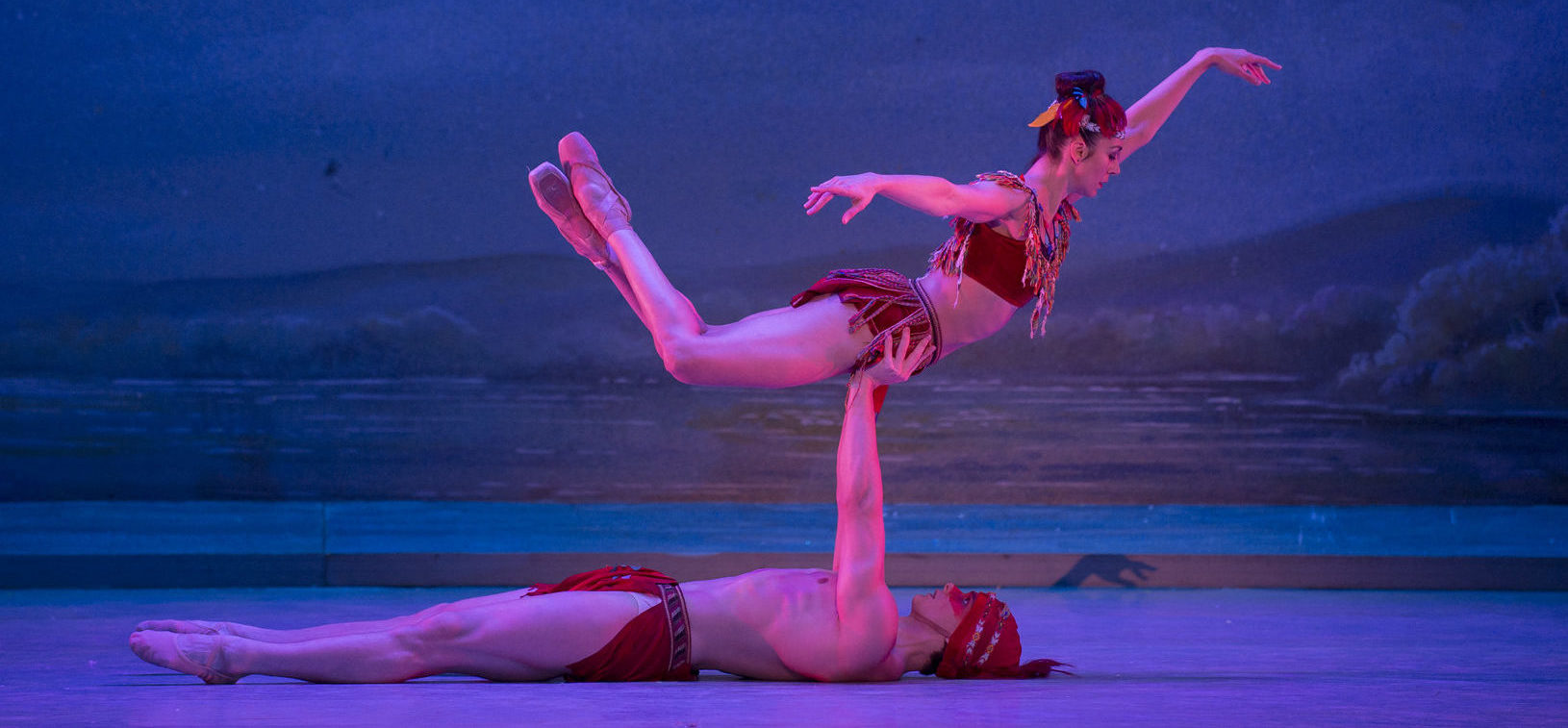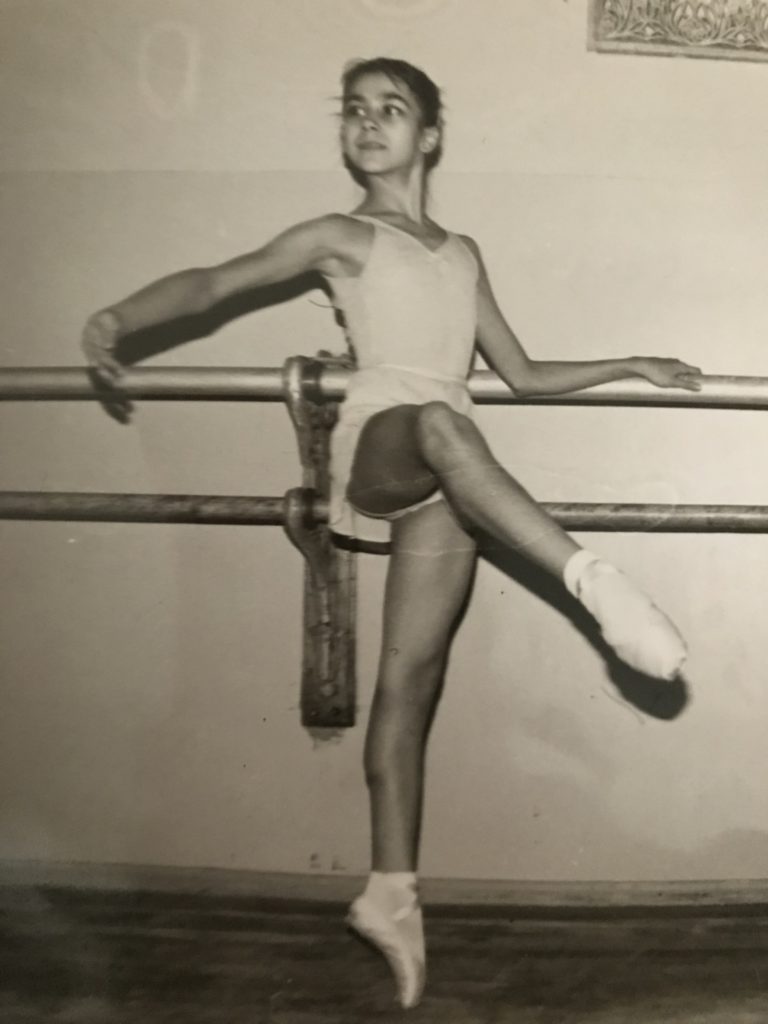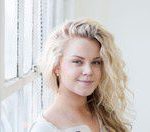
Sona Kharatian’s career has been shaped by one of the most important people in her life: her father. Born into a dancer family in Yerevan, Armenia, both of her parents were dancers with the National Ballet of Armenia, which meant she spent her early childhood either in the studio or in the wings. “Dance was put into me from the time I was born,” Kharatian says.
Her formal training began at 8 years old with Vaganova training at the Choreographic Institute of Armenia. When Kharatian was 16, her father, Roudolf Kharatian, was offered a teaching position at the Kirov Academy in Washington, DC, and she followed him there. A year later Kharatian’s father then transitioned to teaching at The Washington School of Ballet, and one year after that, Kharatian herself was offered an apprentice position with the company.

After her maiden voyage into the professional ballet world, Kharatian spent two years with Orlando Ballet (then called Southern Ballet) before returning to Washington Ballet as an official company member. This year will be Kharatian’s 22nd season with the company. “It has been a journey full of great experiences, ups and downs, a lot of learning from really amazing teachers, and dancing a wide range of ballets,” she says. And as the company comes back after pandemic-induced lockdowns, Kharatian says they are returning with confidence thanks to their artistic director, Julie Kent. “She has been an advocate for the dancers and pushed us to continue our craft throughout the pandemic,” she says. “We’re all really looking forward to this season.”
Here, Kharatian shares what it was like working with her father, the most helpful correction she’s received, and the biggest turning point in her training.
On her most influential teacher: “My dad. When I was at The Washington School of Ballet, I couldn’t always separate the teacher from my father and would sometimes get frustrated when he was strict with me in my class. He was never easy on me just because I was his child. But in time, I came to understand how fortunate I really was. My dad’s teaching style is quite structured—he commands respect, but never yells. He also incorporated a lot of martial arts into this teaching, to show me how to use my breath and demonstrate how our minds can control our bodies and emphasize our power. My dad always told us to stay calm no matter what. Ballet class with him was like a meditative ritual. He wanted all his students to grow both individually and collectively.”
On the biggest turning point in her training: “Early on while dancing with The Washington Ballet, I was cast in the second cast of Coppélia, and I was terrified. When the performance ended I was disappointed with myself because I didn’t feel like I performed the variation to the best of my ability. That lit a fire within me, and I decided it was time I did something different. So I made the decision to overcome fear, and, with that, more performance opportunities started coming my way. With each progressive performance I became more and more confident in my experience. And the more time I spent onstage, the better I got.”

On the worst advice she’s ever received: “Russian training would force my turnout. I remember teachers would tell me to push my toes back and go beyond first position. That was totally the wrong thing to do for my body.”
On the most helpful correction she’s ever received: “I would retain a lot of tension in my upper body. I would hold my breath and try to do everything with my shoulders. My dad taught me to breathe, and to have an easy upper body. Even now I remind myself not to get too tense and push my energy into the ground. The second you let it rise up, you lose groundedness.”




